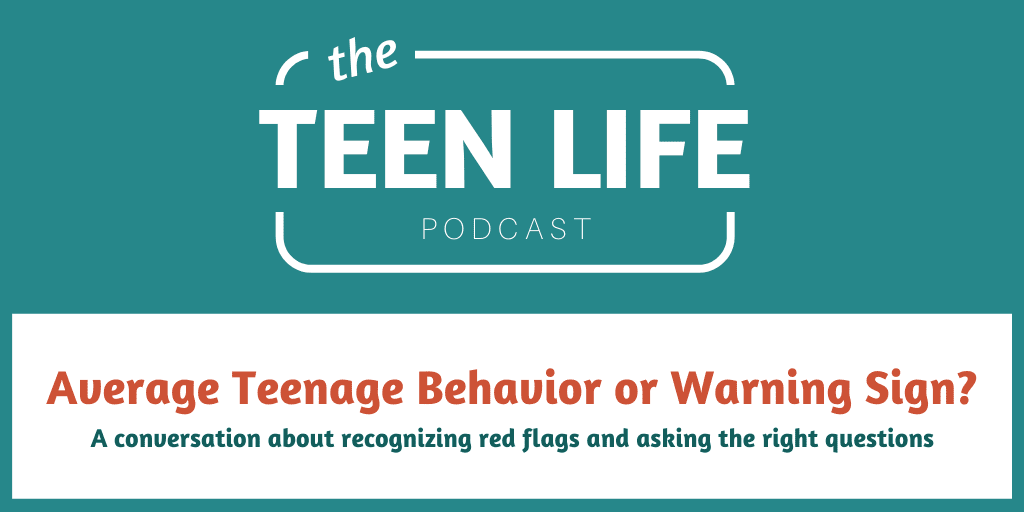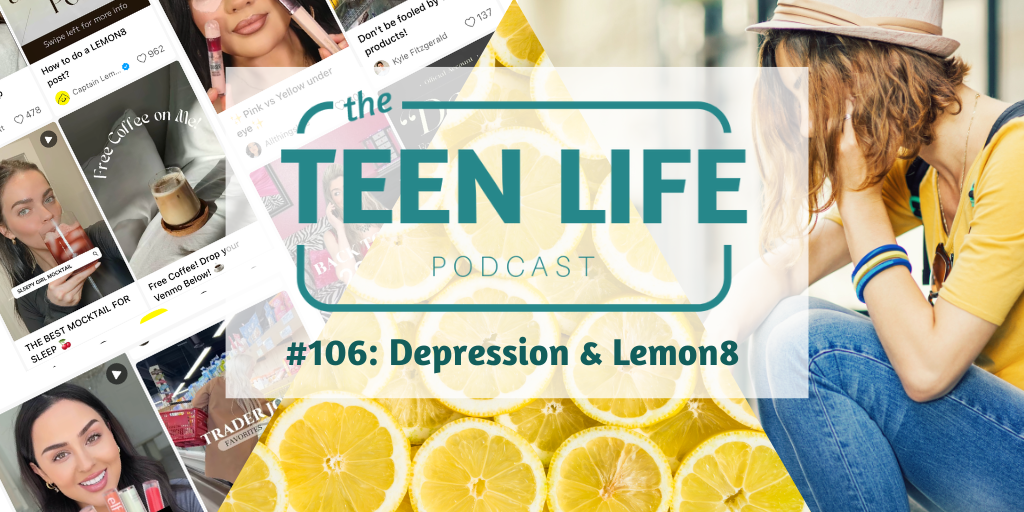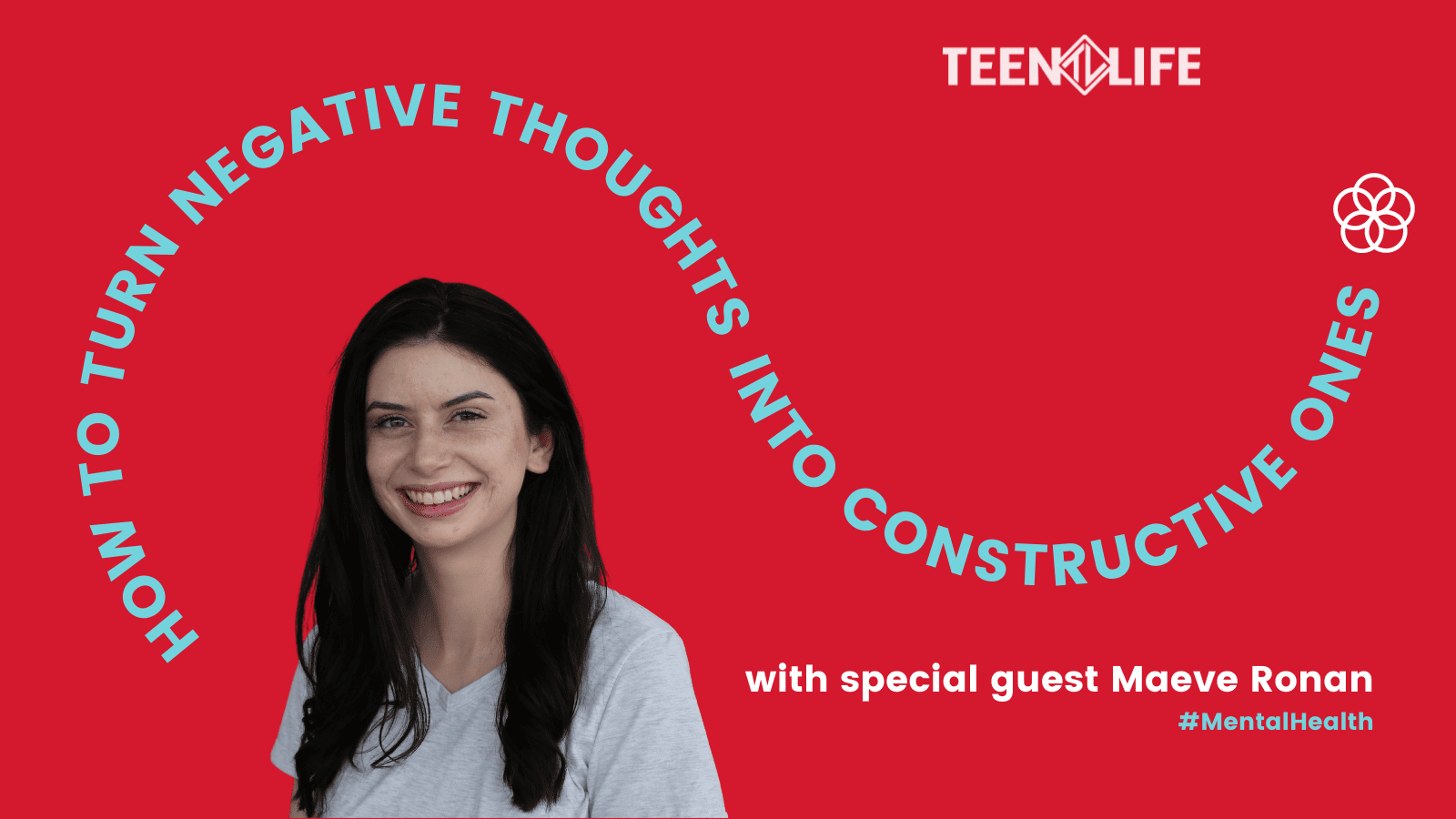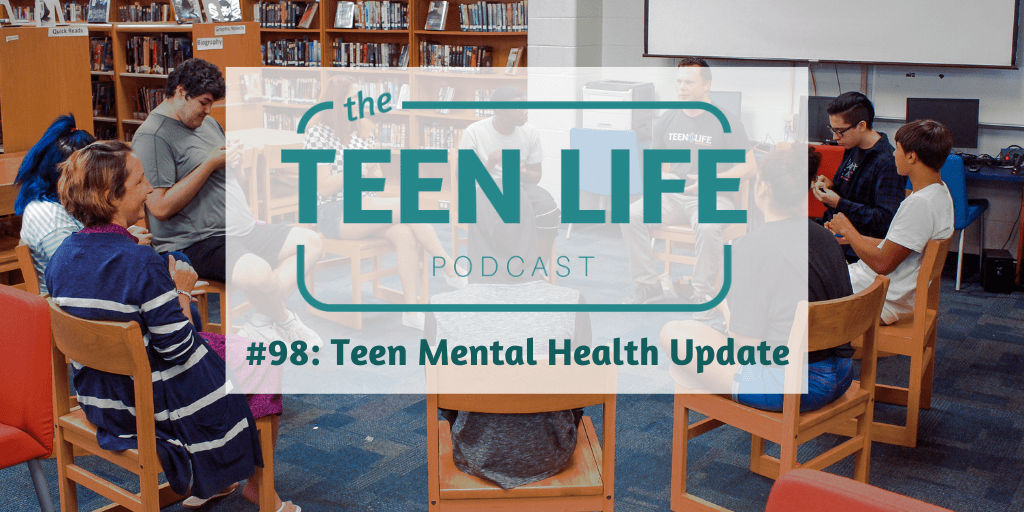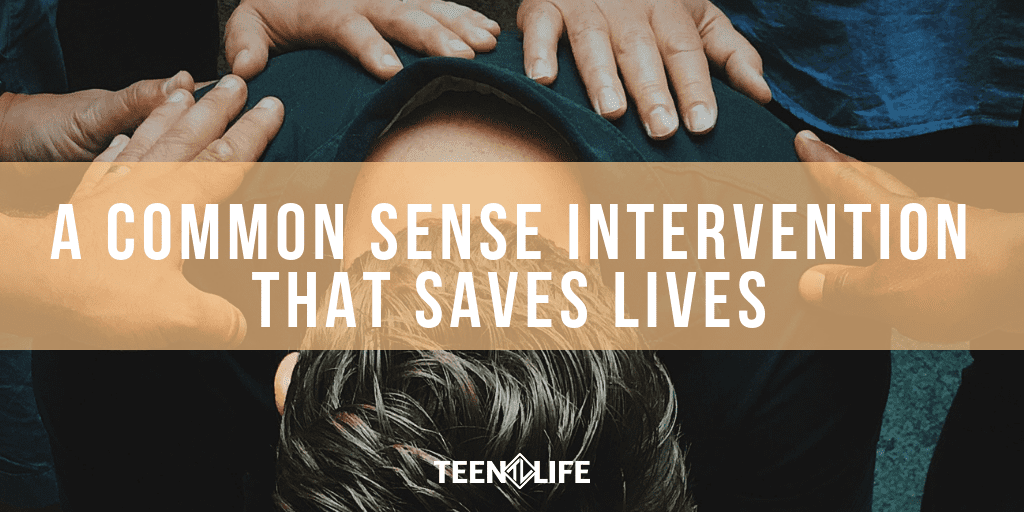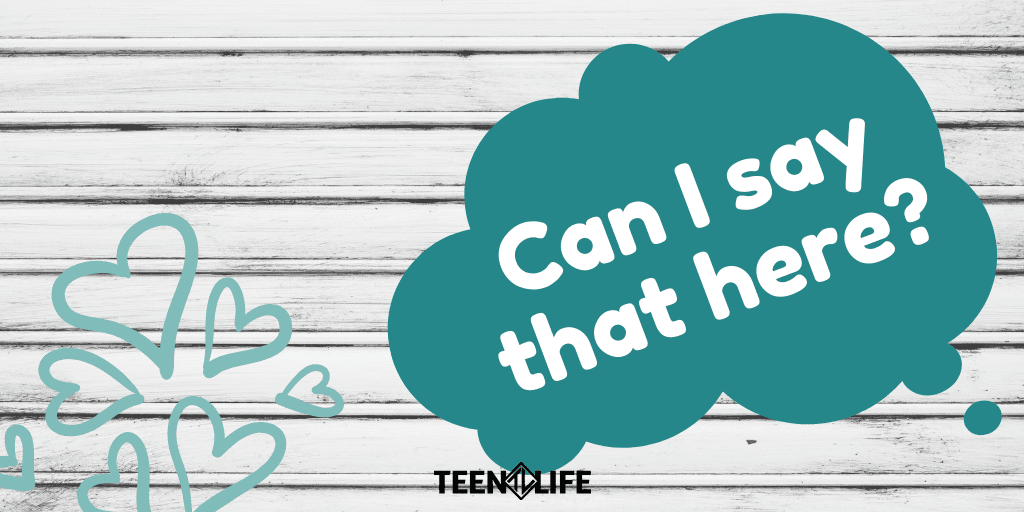At the end of 2018, our team decided to focus on finishing well by reading Jon Acuff‘s book, Finish. It was a great book to end the year with, but as I was reading, I couldn’t help but wish I had these tools at the beginning of 2018. My goals were already set, completed, or abandoned by that point. But the great thing about goals is that you don’t need a new year to start (even though it is pretty handy that 2019 just started).
I’ll be honest – I rarely finish books like this. But with a title like Finish, I knew this was one that would bother me if it stayed on my bedside table without getting read. Thanks to Jon’s ideas, I was able to read some parts and audiobook other parts without feeling like I was cheating – I simply finished and that felt great!
As Teen Life looks forward to 2019, we will be using many of the tips, tidbits, and tools from Jon’s book. While I will recommend that you pick up your own copy, here are 4 things that can help you get started as you set your own goals this year.
Take the Pressure Off
One of the first chapters in Finish is called “The Day After Perfect.” Man, this one hit me hard. It is easy to set a goal and excel at it for a few days, weeks, or maybe even months. But what happens when you mess up your perfect streak? How do you recover when you eat a pizza buffet instead of grilled chicken and spinach? How do you show your face at the gym again when its been a few weeks and you’ve lost your progress? It is so easy to slip into bad habits of staying up late, letting our houses get too messy, relying on our phone when we get bored, or focusing on the easy things at work instead of the important things.
Once we have a bad day, our goal is easy to abandon. Forget the new shoes you bought, the fancy planner, or that expensive gym membership – one mistake can derail progress, and that is wrong!
So instead, take the pressure off. Give up the idea that you are going to be perfect this year. Expect the imperfections instead of quitting when you meet them. In this chapter, Jon Acuff writes, “You will not be perfect, but do you know what’s even more important than perfection? … Moving forward imperfectly. Reject the idea that the day after perfect means you’ve failed. That’s just not true. You get to try again. Today, tomorrow, next week.”
Set Achievable Goals
Along with this idea of perfectionism comes the idea that a goal isn’t worth having if it isn’t the biggest and best. Who wants to lose 5 pounds when you could drop 30? It sounds so much better to say you are training for a marathon instead of a 5K. No one wants to set foundational goals for business when doubling income or growing to a new state is more exciting. But it is incredibly defeating when you set a goal that is out of reach, so Acuff suggests that you “cut your goal in half”.
Just like we talked about before, if you set a goal that is too big, the perfectionist in you is going to quit. Often, we would rather quit than fail. It makes us feel better to say we gave that goal up before we had a chance to fall short. Jon suggests that we stack the odds by making our goals more attainable. He doesn’t say that we should do less work, only that we should set goals that are within reach so that we will be motivated to do more and actually finish. When you reach that attainable goal, you are more likely to keep going day after day, month after month. You will do more with smaller goals than a big goal that you gave up on!
So cut your goal in half or give yourself more time! Try to lose 5 pounds this month instead of 10 (that way if you lose 8, you’ll have exceeded your goal instead of failing). Give yourself a week to reorganize your entire house instead of only taking a weekend. Grow your current business before choosing to add a completely new product. By setting realistic goals, you will do more and finish!
Make it Fun
In his book, Acuff says, “Perfectionism believes that the harder something is, the more miserable something is, the better it is. The lie it tells you is: Fun doesn’t count.” Does anyone else identify with this lie? I hate to run. I don’t really care if it will help me get in shape, lose weight, or be healthier. It’s the worst, so I don’t do it. Maybe signing up for a marathon shouldn’t be my goal anytime soon…Instead, I need to set a goal that is fun for me – like signing up for a cycling class or meeting friends to walk (and talk) outside. Your goal does not have to make you miserable, and if it is something that you hate, you probably won’t push through the hard days and imperfections to finish.
We need to find new and inventive ways to make goals fun again! Maybe that means doing research for work in the form of an interesting podcast or audiobook while you are driving. Or maybe you find ways to reward progress for a goal that is inherently “not fun”. Plan a beach trip after you drop the weight or get on Facebook for 5 minutes after you’ve worked hard at your goal for an hour straight. It is not cheating to enjoy your goals – you just have to get a little creative!
Eliminate Distractions
Now that we have tackled some of the lies of perfectionism, we have to protect ourselves from the destruction of distraction. Sometimes these distractions are intentional, sometimes they seem important and validated, often they could wait until after you completed your goal. Honestly, I am not good at staying away from distractions. It is something I still struggle with, but now that I am aware of what I am doing, these distractions are easier to overcome.
Do you ever say, “Let me check my phone really quick…”, and then look up an hour later find yourself deep in the depths of “Best Dressed” pictures from the latest awards show? Or did you glance at Facebook only to stumble across pictures of that high school friend who you haven’t seen in years. Your phone (with its social media apps and addicting games) can be a slippery slope. Or do you ever start you work day with a big goal only to spend the first couple of hours cleaning out your email and unsubscribing from every spam newsletter? That is a distraction.
Many times I will reach for the easy thing over the important thing. Not that the easy task shouldn’t get done at some point, but often I use it as a distraction to keep myself busy so I don’t feel bad about not getting to the difficult, time-consuming task that has to come next. I love Jon Acuff’s suggestion that you should ask your spouse or a close friend what your distractions or “hiding places” are. Chances are, they know them even if you don’t realize they are there. Let’s make an effort to set aside distractions (even noble ones) to get our goals finished!
We talk about goals often in our Teen Life Support Groups. We encourage teenagers to set small goals that they can accomplish that week and then we continue to build on them week after week. We ask them what worked and what was hard. We give new ideas for how to tweak goals moving forward to have the most success. Why does this make sense for teenagers and not for us? Why can I give better advice to others and then struggle with my own goals on a weekly basis?
In 2019, I hope you will join me in finishing. I hope you will change your expectations, set small, fun goals that you can build on, and minimize distraction for success. We can do this. We can finish!
